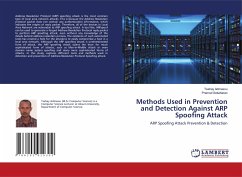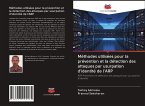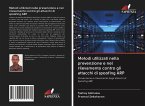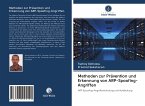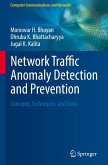Address Resolution Protocol (ARP) spoofing attack is the most common type of local area network attacks. This is because the Address Resolution protocol packet does not contain any authentication information, which indicates the origins of reply packet. Therefore, all of the devices in Local Area Network are vulnerable to ARP spoofing attack. A tool like, ARPspoof can be used to generate a forged Address Resolution Protocol reply packet to perform ARP spoofing attack, even without any knowledge of the details behind address resolution process. The existence of such automated tools has created a hole for the attackers to easily compromise a host in a local area network. Although the ARP spoofing attack is underestimated form of attack, the ARP spoofing attack opens the door for much sophisticated form of attacks, such as Man-in-Middle attack or even domain name system spoofing and many more sophisticated forms of attacks. In this study, explores different tools and methods used indetection and prevention of Address Resolution Protocol Spoofing attack.

